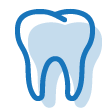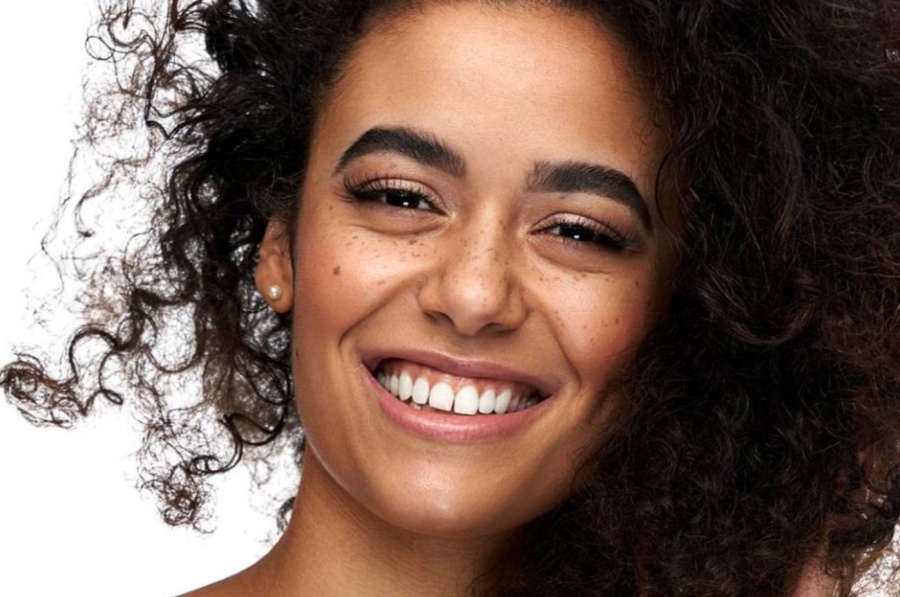
Crooked teeth can be a source of insecurity and discomfort for many people. Whether it's crooked front teeth, crooked bottom teeth, or an overall misalignment, the aesthetics and functionality of a smile can be greatly affected. Need not worry though, as there are various treatments, such as traditional braces and veneers, for crooked teeth to improve the dental aesthetics and health of your smile.
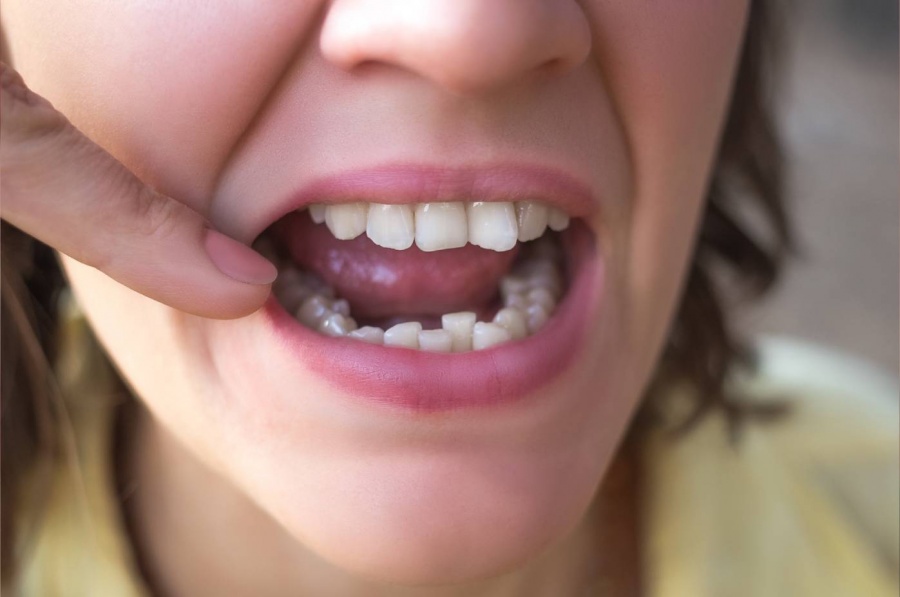
THE CAUSES OF CROOKED TEETH
To treat crooked teeth first you need to understand the causes behind it. Of course, there are several factors that can cause the misalignment of teeth. One of the most common causes is genetics. The size and shape of the jaw can be genetic. In addition to genetics, habits such as thumb sucking, tongue thrusting, teeth grinding, and prolonged bottle feeding can also lead to crooked teeth. Other causes can include jaw problems and tooth loss. If you think you have crooked teeth, it's important to consult with your dentist to determine the underlying cause of it, as this will help guide the best treatment plan for you.WHY YOU SHOULD CONSULT WITH YOUR DENTIST
With crooked teeth, consulting with your dentist is very important, especially if you want long-lasting and effective results after your treatment. You might find so called “home remedies” for crooked teeth, but any unprofessional treatment attempt may worsen your problem, causing many other problems, like nerve damage. By seeking professional treatment, you can benefit from the expertise and experience of a qualified orthodontist who specializes in correcting crooked teeth. They will conduct a thorough examination of your teeth, jaw, and bite to determine the best treatment. Whether it's traditional braces, clear aligners, dental veneers or other orthodontic appliances, a dental professional will tailor the treatment for your specific needs.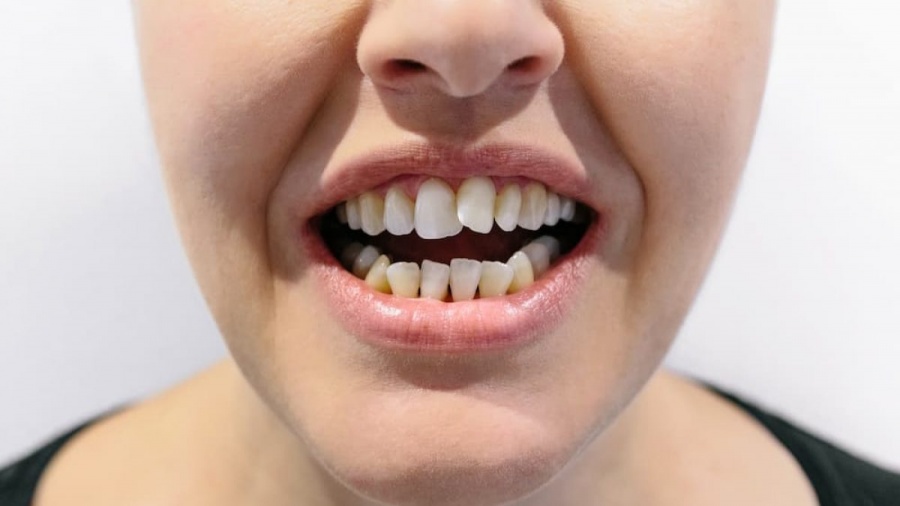
COMMON TREATMENTS FOR CROOKED TEETH
When it comes to treating crooked teeth, there are several common options that your dental professionals may recommend. The choice of treatment will depend on many factors like the severity of your condition, your age, and your personal preferences. Traditional braces: This traditional method involves attaching brackets to your teeth and using wires and rubber bands to gradually shift them into their proper alignment. While this option may require more frequent dental visits for adjustments, it can effectively correct even the most complex misalignments. Clear aligners: Clear aligners are discreet, removable trays that are custom-made to fit your teeth. They are mostly invisible, making them a popular choice for those who are concerned about the appearance of traditional braces. Clear aligners, such as Invisalign, are convenient and can be easily removed for eating and brushing. Retainers: Once the teeth have been moved into their desired positions, a retainer is often recommended to help maintain the results. Retainers can be removable or fixed and must be worn as suggested by your orthodontist to prevent regression. Orthodontic appliances: Some cases may require additional appliances, such as palate expanders or space maintainers, to correct more complex issues like overcrowding or bite problems.ORTHODONTIC SOLUTIONS FOR STRAIGHTENING CROOKED TEETH
There are various orthodontic solutions for crooked teeth also. Your orthodontist will examine you and plan a treatment for you. Lingual braces: These braces are similar to traditional braces, the difference is that they are placed on the backside of the teeth. This makes them less visible compared to traditional braces. Lingual braces are a great option for those who wish to straighten their teeth but worry about traditional braces’ aesthetics. Self-ligating braces: Unlike traditional braces that use elastics to hold the wire in place, self-ligating braces use a sliding mechanism to apply gentle pressure to the teeth. This eliminates the need for frequent adjustment appointments and results in a more comfortable treatment experience.Damon braces: Damon braces are a variation of self-ligating braces, but with added benefits. They offer faster treatment times, reduced discomfort, and fewer visits to the orthodontist.
Surgical orthodontics: In some cases, orthodontic treatment alone may not be enough to address the severity of the misalignment. Surgical orthodontics combine orthodontic treatment with oral and maxillofacial surgery to correct complex jaw discrepancies and facial asymmetry.
It's important to consult with an experienced orthodontist to determine which treatment option is best for you. They can examine your dental condition and provide informed recommendations for the most effective and efficient way to straighten your teeth.
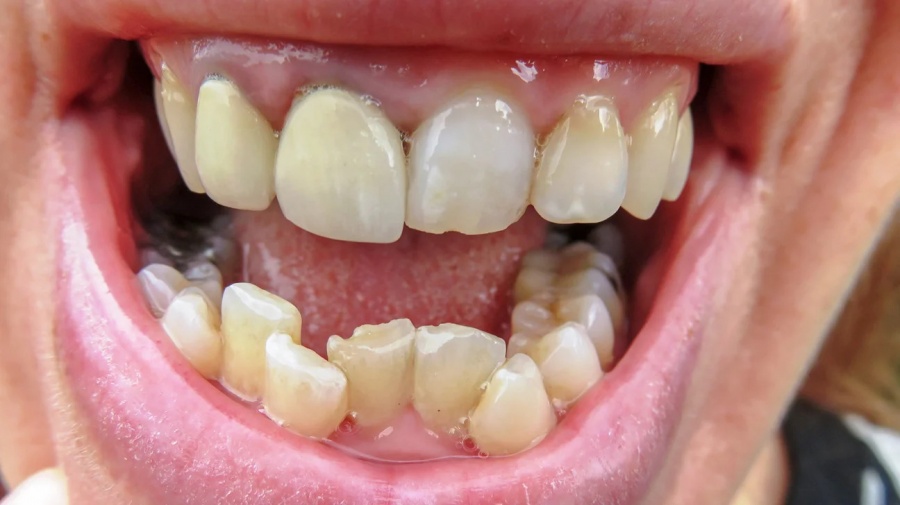
OTHER DENTAL TREATMENT OPTIONS FOR CROOKED TEETH
Of course, in addition to orthodontic treatments we have stated, there are other dental treatment options available for correcting crooked teeth. These options may be suitable for individuals with minor misalignments or those who prefer alternatives to braces. One of the most popular options is clear aligners, such as Invisalign. Clear aligners are as the name suggests, they are clear trays gradually that move the teeth into the desired position. They are virtually invisible and offer the flexibility to remove them while eating or brushing.Another option is dental veneers, for example laminate veneers. They are thin, custom-made shells are bonded to the front surface of the teeth, effectively covering any imperfections, including crooked teeth. Veneers can provide an instant improvement in the appearance of your smile.
However, to determine which treatment option is best for you, it is crucial to consult with a skilled dentist or orthodontist. They will thoroughly examine your teeth and discuss the pros and cons of each option.
HOW TO MAINTAIN ORAL HYGIENE WITH CROOKED TEETH?
A question many people with crooked teeth looking for treatments ask is how to maintain their oral hygiene with crooked teeth. Of course, during your treatment process, maintaining oral hygiene is crucial. The irregular alignment of teeth can make it difficult to brush and floss properly, leading to an increased risk of dental issues such as cavities and gum disease. To effectively maintain oral hygiene with crooked teeth, it is important to use the right tools and techniques. To maintain you oral hygiene during your treatment, consider using a soft-bristle toothbrush with a small head to reach those hard-to-reach areas. Additionally, floss threaders or interdental brushes can help clean between teeth and around brackets, aligners, or veneers. Regular dental check-ups and cleanings are also essential in this process. Dentists can thoroughly clean your teeth and identify any potential issues early on, preventing further damage.
Updated Date: January 3, 2024
Published Date: January 3, 2024
Published Date: January 3, 2024

